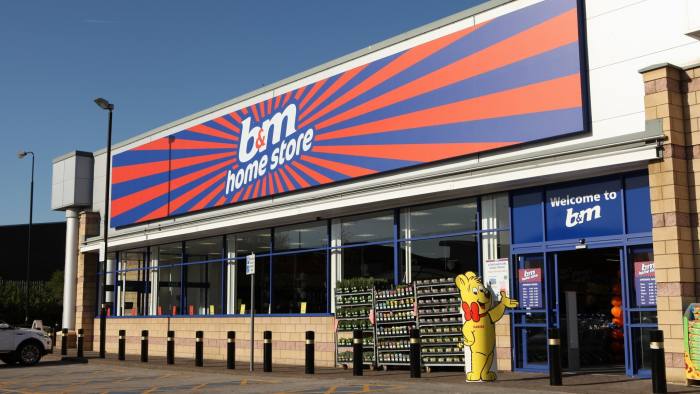B&M sales surge amid lockdown

B&M has revealed it enjoyed a “strong” end to its fourth quarter trading, with like-for-like revenues up 6.6% in the quarter ended 28 March.

Join 15,000 retail professionals with a membership
Get unlimited access and stay in the know. First-year special offer pricing. Cancel any time.
You have read 2/2 free articles this month.

How many members should have access to the subscription?
Monthly
Yearly
Save £9.89
No, thanks
I already have an account

B&M has revealed it enjoyed a “strong” end to its fourth quarter trading, with like-for-like revenues up 6.6% in the quarter ended 28 March.